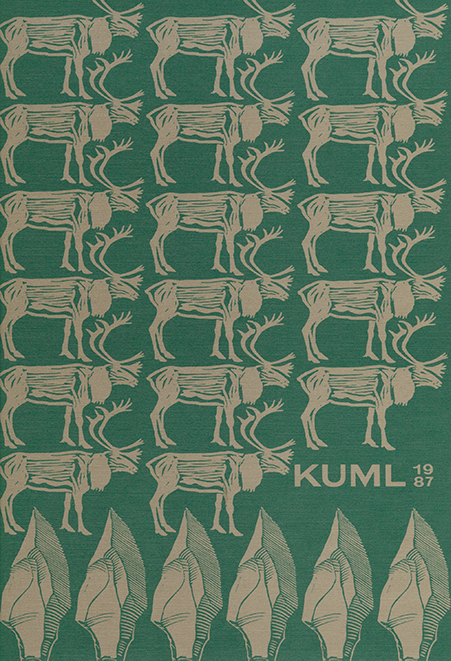Single finds – votive finds in the Danish Bronze Age
DOI:
https://doi.org/10.7146/kuml.v35i35.110469Keywords:
Single find, votive find, denmark, danish, bronze ageAbstract
Single finds -votive finds in the Danish Bronze Age
In contrast to the Bronze Age hoards-multiple deposits (1), the many single finds have never been treated systematically as a special group: they have either been intuitively interpreted as ritual depositions equivalent to the classical votive finds, or (for the most part) omitted from the discussion (3).
In this article, an analysis of a broad selection of single finds (9) forms the basis of a discussion of 1) whether single finds are ritual depositions, 2) whether the deposition spot can indicate whether the deposition is of a religious or a profane nature, and 3) whether there was any distinction in the Bronze Age between single and multiple depositions.
A ritual is a stereotype series of actions governed by a system of norms, in which the repetition (the form) is the important thing (8), i.e. the deposition ought to have a certain consequential structure, in which repetition is an important element, if it is to be characterized as ritual.
As will be apparent from figs. 1 and 2, certain types of artefact (axes and weapons especially) are tend to be found in the single find category -not merely in the context of Bronze Age deposition, but also regardless of period and the other find categories- a picture which is universal throughout the investigated area (Denmark). These relationships suggest that the provenanced single finds comprise specially selected objects, deposited for at specific purpose, presumably of a religious nature.
Stray finds, on the other hand, exhibit a far more random distribution, for which reason they are excluded from the following study.
Some archaeologists endow the finding-place with great importance, when they interpret the depositions in field and bog, believing that only objects deposited in wet areas are of a ritual nature (22).
An investigation of the relation between objects deposited in dry and wet areas respectively (fig. 3) reveals no typological variation, however, so no reason is found to regard dry depositions as profane. If the choice of deposition site is examined chronologically, there are everywhere fewer dry depositions in the late part of the Bronze Age. The same trend is discerned in the hoards in Jutland, while those east of the Great Belt do not conform in the same way (fig. 5). As a far more rigid norm can be observed for content than for deposition site, the choice of wet or dry ground is no doubt not so important as what is sacrificed.
As the content -and the chronological changes in this- of the two find groups, hoards and single finds, is not uniform, cf. fig. 1, retention of the traditional division, for Periods IV at least, is preferred.
The difference becomes more and more marked in time, so that the single finds in Period V still mainly comprise weapons, while the votive finds primarily comprise jewelry. In period VI, however, a »harmonization« of the content of the two find groups occurs, jewelry now being a dominant part of both find categories.
The single-type finds contain, like the rest of the votive finds, most jewelry from Period III on, which generally places them in contrast to the single finds.
Inge Bodilsen
Downloads
Published
How to Cite
Issue
Section
License
Fra og med årgang 2022 er artikler udgivet i Kuml med en licens fra Creative Commons (CC BY-NC-SA 4.0).
Alle tidligere årgange af tidsskriftet er ikke udgivet med en licens fra Creative Commons.


